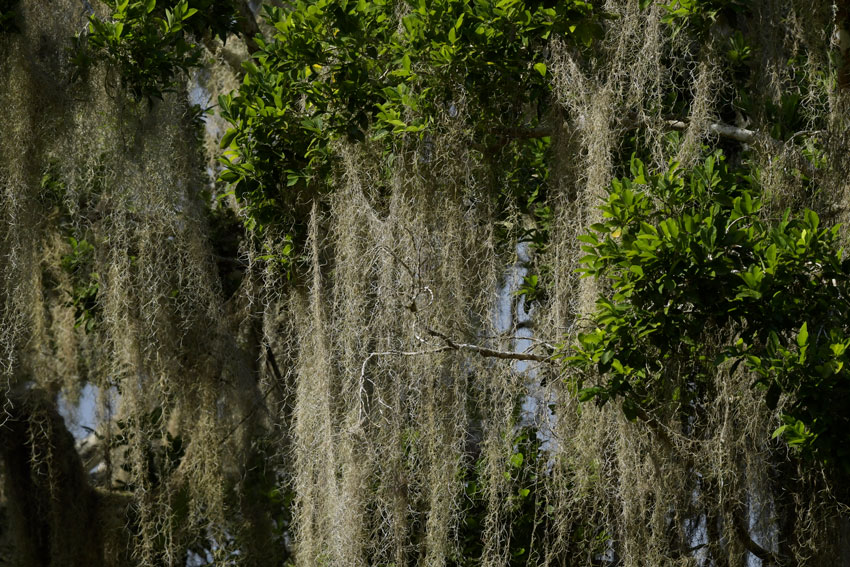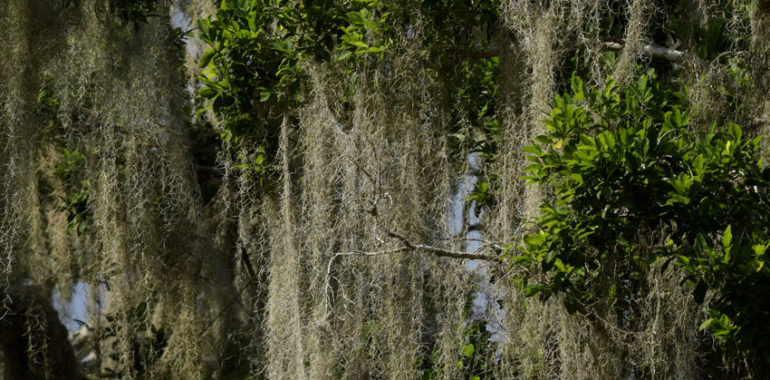Christmas is the most important time of the year for many families. It is celebrated in the whole world with unique traditions in each country and culture. But something that we agree on is the Christmas tree, which became an icon of the Christmas season a long time ago.
In Guatemala, many people love the “Pinabete” tree (Abies guatemalensis) because of the special smell of its branches that, some belief, the aroma creates the “Christmas spirit”. That’s why families prefer to decorate their houses with this beautiful tree or use the branches and leaves for other types of decorations. In addition, we need to know that we are talking about an endemic tree –That means that it is located just in a particular ecosystem in Guatemala– and also in danger of extinction.
According to INAB (Instituto Nacional de Bosques), Abies guatemalensis grows in the Mountains of the western highlands at altitudes between 2,400 to 3,500 meters above sea level and occurring in an area of 27,548.29 hectares of forest. By the middle of the last century, Guatemala had half a million hectares of pine trees forests (including the Pinabete), but it was in 1979 when the alarm of its danger of extinction arose. The mean treat to this species is related to the illegal trade in the Christmas season. Guatemalan legislation contemplates penalties of between 5 and 10 years in prison, in addition to monetary fines, for crimes related to Pinabete trafficking.
People who traffic illegal species have no concern for its maintenance, its sustainable reproduction nor to the ecosystems and side effects for the environment.
So, to prevent illegal trade and logging of the Pinabete species, CONAP (Consejo Nacional de Áreas Protegidas) established authorized plantations where you can get your tree produced in a legal plantation. The raised strategy is to conserve the species and the degraded areas for recovery through the different reforestation and restoration schemes; as well as a line of action aimed at monitoring and controlling the illegal trade of the species, in order to protect its forest cover. Approximately, 2,500 people participate in these activities, including government institutions, NGOs, municipalities, and civil society, who work on inter-institutional coordinated control monitoring within natural forests and on main roads.
So, if you opt for a natural tree for your decorations, first go check the list of authorized sales, you can get it here. This not only helps to continue this program of recovery but also represents an income for the local families.

In the same way, there are other natural decorations that many people bring in their houses at this time, especially for the “nacimientos” (the nativity scene, the Christmas cribs) Some of those natural ornaments are Tillandsias -commonly called “gallitos”- and mosses to create the floor on the nativity scene. Some of the species extracted are: Tillandsia usneoide, Tillandsia guatemalensi and Tillandsia harrisii, and just like the Pinabete, these are threatened species, which trade is illegal. But, why do we care about them? They are important because of their absorption of water, minerals, and nutrients that take place in the natural dynamics for ecological balance.
To learn more and see nice photos, you can download and read our Photo Essay “Isla del Musgo” where we have documented an island covered in Tillandsia usneoide near Tikal National Park.


In the case of the mosses, their extraction can have consequences for the ecosystems, because of their importance and role in them:
- Mosses are capable of retaining up to 20 times their weight in water and acts as a water regulator. This helps to protect soil from erosion and floods.
- They intercept, absorb, and retain minerals dissolved in rainwater, allowing their incorporation into the ecosystem.
- Mosses have the ability to capture atmospheric nitrogen.
- It acts as a seed germinator for other plants.
- It is home to many species of flora and fauna.
- They are important in the formation of the soil, in which other plants can later take root.
- They have slow growth. It can take seven years to grow back when it is removed. So think about it if you are going to use it.
Try to avoid using the moss to decorate your nativity scene, what lasts a few days in the Christmas season will affect for a long time its natural ecosystem. You can use recycled materials like newspaper, paperboard, little stones, or alternatives such as sawdust to replace the moss.
It’s time to celebrate! But always loving and caring for our planet.
Visit our websites to learn more about the Mesoamerican biodiversity
http://www.maya-ethnobotany.org/
https://www.maya-ethnozoology.org/
https://flaar-mesoamerica.org/
Useful websites for this article
Mosses information
Mosses information
https://conap.gob.gt/conservacion-del-pinabete/
https://www.guatemala.com/noticias/sociedad/puntos-venta-pinabetes-autorizados-inab.html
Pinabete información
Blog prepared by Vivian Hurtado

